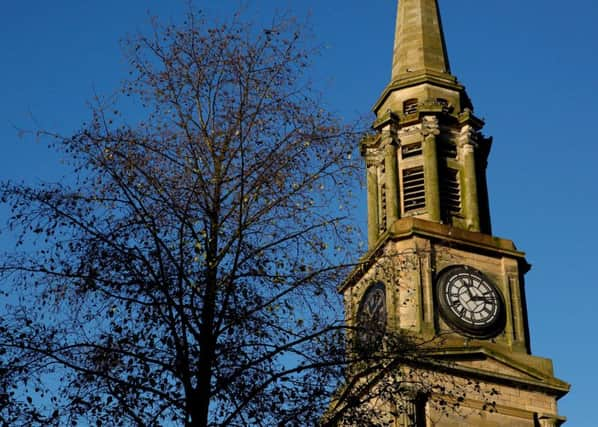Falkirk council election a two-way race between SNP and Labour


Falkirk Council is also home to the nation’s busiest seaport and the a vast industrial hub centred around the Grangemouth oil refinery and petrochemical complex.
Taking the district forward by building on success or putting an alternative in place that claims to better represent the values of the people are the respective manifesto pledges of the Labour and SNP ahead of the local government elections next week.
Advertisement
Hide AdAdvertisement
Hide AdWhile there are 60 candidates representing seven parties vying for 30 seats in nine wards, on polling day they will once again be the main players, with the rest hoping for enough support at the ballot box to be invited to take part in the ‘horse trading’ for a seat at the table that will follow as the big two attempt to form an administration.
Those canvassing doorsteps for support on May 4 are entitled to disagree, but given the interest in who is in charge of the town hall is traditionally low anyway, only 42,755 bothered to exercise their franchise last time with the lowest poll across the district 36 per cent and the highest just 40 per cent, it might be argued the importance of polling day next week has already been downgraded even further to little more than a side show because of the big event coming on June 8.
In the meantime, Labour which had 14 councillors last time but running with 13 candidates in 2017, and the SNP, 13 and 15 respectively, are both happy to make their claims to voters that local issues are the issues that matter at the moment regardless of the looming General Election.
Labour is campaigning under the ‘Keep it local keep it Labour’ banner highlighting its continued support for publicly owned bus services, more council houses, more care at home, more investment in jobs and a better deal for school leavers.
It says is has a proven track record and best equipped to move local government forward for the benefit of the population.
The SNP insist there has never been a better time to get rid of a two-term administration that has been stuck in the 1960s in its attitude and become inward looking, overly bureaucratic and inefficient.
Key SNP promises include better communication with communities to give them more influence in the way services are delivered, innovative ways to prioritise the funding of new housing, tackling anti-social behaviour, meeting the needs of the elderly and disabled targeted by the Westminster Tory Government and fighting the ongoing changes and cuts to the Department of Work and Pensions budget and procedures.
The Conservatives are defending two seats and have ambitions to add seven more.
Advertisement
Hide AdAdvertisement
Hide AdTheir opposition to ant IndyRef2 could be a factor if voting gets tactical, but, probably like Labour, they will be looking closely at the threat to their hopes the dozen Independent candidates might pose.
They won three seats in 2012 and Labour needed one of them plus the two Tories to guarantee a majority.
Labour and Conservatives might also be well advised to pay heed to the potential impact the nine Greens in the mix might have. Their support of the SNP at Holyrood, for the time being at least, could play a part in any tactical voting.
